Farmers are increasingly turning to wildflowers as a natural, eco-friendly alternative to traditional pesticides. These beautiful blooms not only enhance the landscape but also offer a host of benefits for crops and the environment.
In this article, we explore 14 reasons why farmers are choosing wildflowers over chemical pesticides. From attracting pollinators and boosting soil health to reducing pest populations naturally, wildflowers are proving to be a sustainable solution for healthier, more productive farms. Learn how these vibrant plants are helping farmers achieve better yields and protect the ecosystem, all while reducing reliance on harmful chemicals.
Enhanced Biodiversity
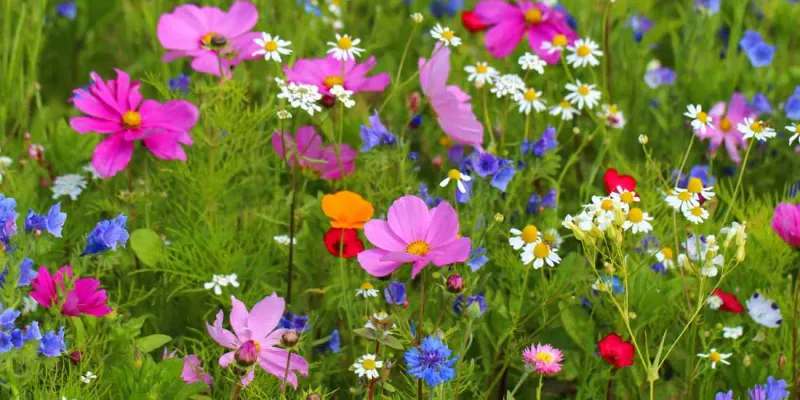
The flourishing of biodiversity is one of the most compelling reasons farmers opt for wildflowers. Diverse ecosystems naturally balance pests, reducing the need for chemical interventions. Wildflowers support beneficial insects that prey on crop pests, creating a harmonious environment. In addition, they attract pollinators, which contribute to higher crop yields. Farmers notice a significant increase in both the number and diversity of species, leading to healthier and more resilient ecosystems. These rich ecosystems help maintain soil health and improve water retention. Overall, wildflowers foster a vibrant agricultural landscape that supports a multitude of life forms.
Soil Health Improvement
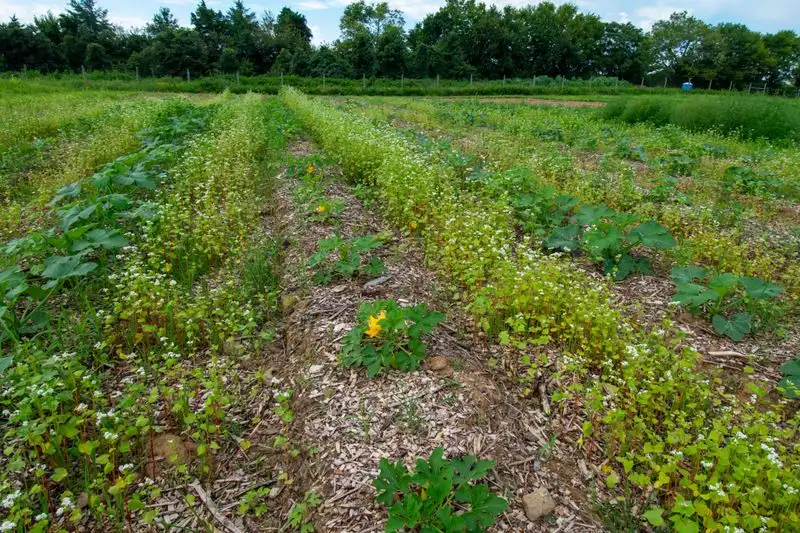
Improving soil health is another reason farmers are choosing wildflowers. They often have deep root systems that help prevent erosion and improve soil structure. The roots aerate the soil, allowing better water infiltration and retention, which is crucial during dry spells. Wildflowers also contribute to nutrient cycling by fixing nitrogen and other essential elements in the soil. This natural enrichment reduces the need for synthetic fertilizers. Over time, fields with wildflowers demonstrate enhanced soil fertility and resilience against climate challenges. Such improvements lead to sustainable farming practices and healthier crop production.
Natural Pest Control
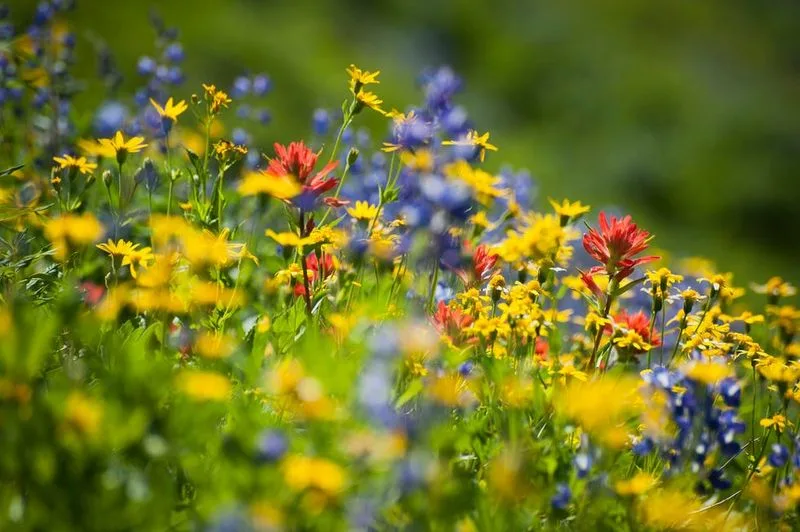
Wildflowers provide a natural solution to pest control, serving as an attractive habitat for a variety of beneficial insects. These insects, such as ladybugs and lacewings, act as natural predators to common crop pests. By fostering an environment rich in wildflowers, farmers effectively reduce their reliance on chemical pesticides. This method not only preserves the ecological balance but also enhances the sustainability of agricultural practices. Furthermore, it reduces production costs associated with purchasing and applying pesticides. It’s a win-win situation, offering both environmental benefits and economic savings.
Pollinator Support
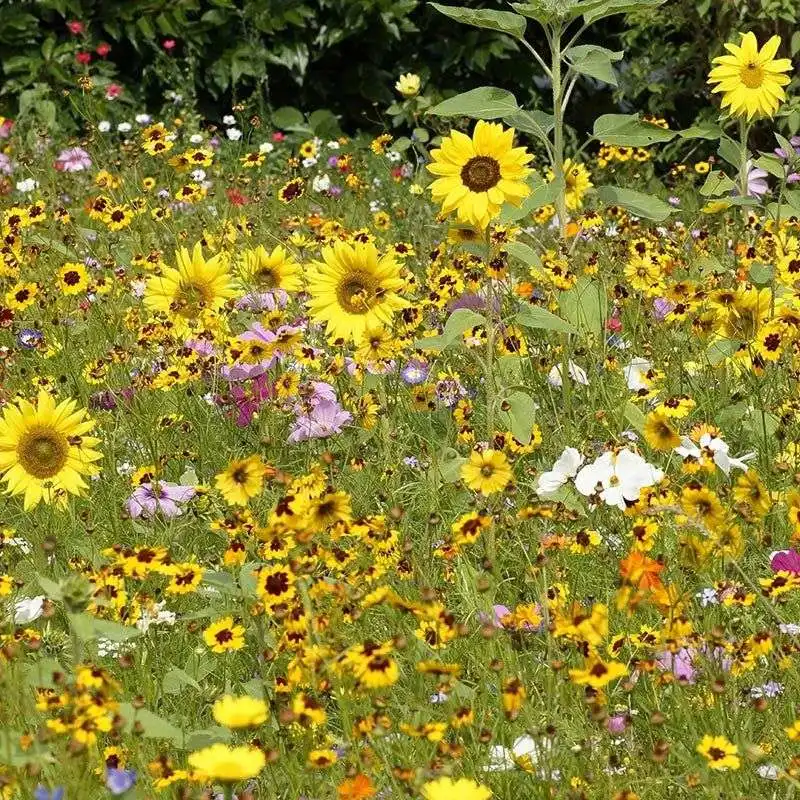
Wildflowers are renowned for their ability to attract and support pollinators such as bees and butterflies. These creatures are essential for the fertilization of many crops, directly impacting food production. By planting wildflowers, farmers create a conducive environment for these pollinators, which can lead to increased crop yields. The presence of diverse wildflowers ensures that pollinators have a constant source of nectar and pollen throughout the growing season. This support is vital, especially in areas facing pollinator decline due to habitat loss and pesticide use. Consequently, wildflowers play a crucial role in sustaining agricultural productivity.
Reduction in Chemical Use

One clear advantage of using wildflowers is the significant reduction in chemical pesticide usage. As natural pest controllers and pollinator supporters, wildflowers decrease the dependency on harmful chemicals. Farmers find this particularly advantageous as it lowers production costs and minimizes environmental impact. Moreover, reduced chemical use lessens the risk of pesticide resistance developing in pest populations. This sustainable approach ensures long-term agricultural productivity and safety for farmworkers and consumers. By fostering a more natural ecosystem, farms become healthier and more productive. Choosing wildflowers is a proactive step towards more eco-friendly farming practices.
Cost-Effective Farming
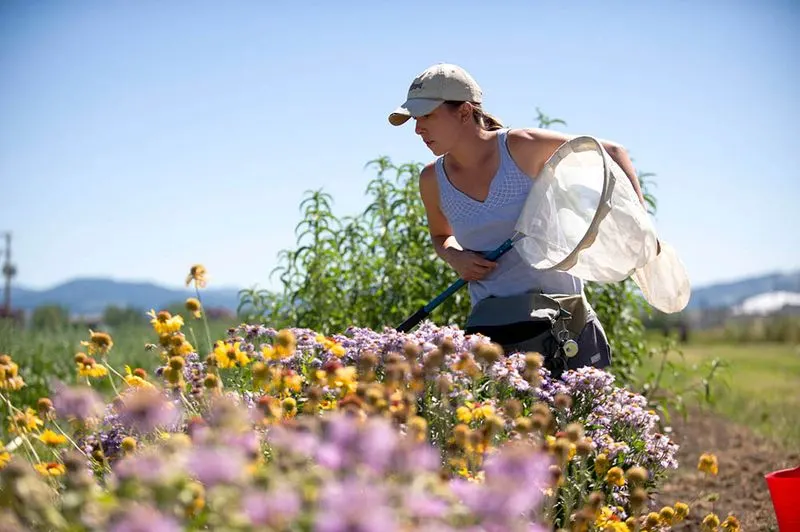
Integrating wildflowers into farming practices proves to be a cost-effective strategy. By relying less on chemical inputs, farmers cut costs on pesticides and fertilizers. Wildflowers also reduce pest-related crop damage, which translates to improved yields and higher profits. The lower input costs combined with the benefits of increased biodiversity and soil health make wildflower integration financially appealing. Moreover, as consumers become more environmentally conscious, products from eco-friendly farms may command higher market prices. Therefore, this approach not only saves money but can also enhance market competitiveness. It’s an economical win for sustainable agriculture.
Increased Crop Yields
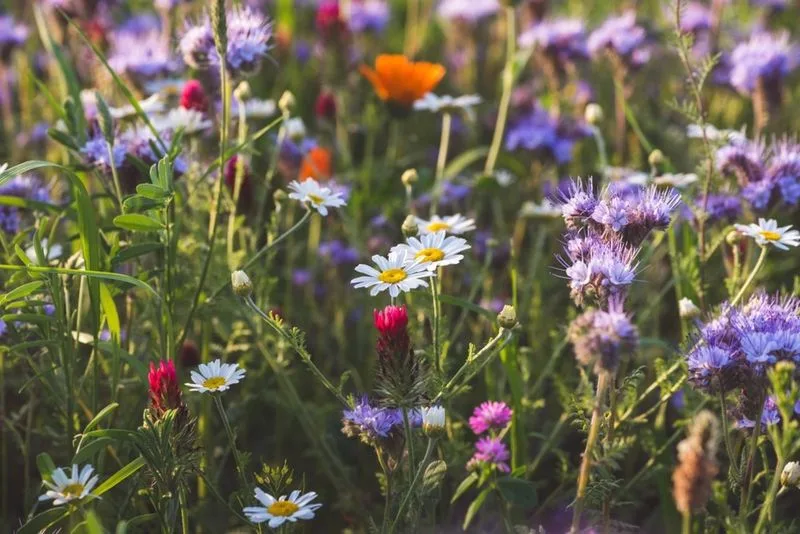
The presence of wildflowers often leads to increased crop yields, a benefit closely linked to improved pollination and pest control. As pollinators thrive, crops experience better fertilization, resulting in more robust yields. Additionally, reduced pest damage due to natural predators attracted by wildflowers contributes to healthier plants. This combination of factors assures farmers of higher productivity and better quality produce. In turn, the increased yields can lead to greater profitability. By integrating wildflowers, farmers witness a direct correlation between ecological practices and enhanced agricultural outputs, making it a wise choice for modern farming.
Climate Resilience

Wildflowers contribute significantly to a farm’s climate resilience. Their presence helps stabilize ecosystems, making fields more adaptable to climate fluctuations. The deep-rooted systems of wildflowers enhance soil structure, improving water retention during droughts and drainage during heavy rains. These qualities make farms less vulnerable to extreme weather conditions. Moreover, the biodiversity supported by wildflowers fosters a dynamic environment that can recover more quickly from environmental stresses. By enhancing climate resilience, wildflowers ensure that farms remain productive even in the face of climate change. Farmers can rely on them as a natural buffer against unpredictable weather.
Aesthetic and Recreational Value
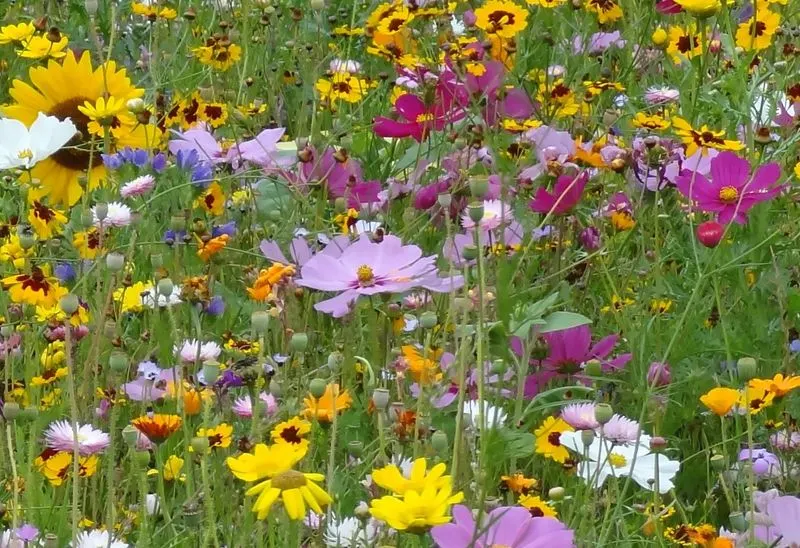
Wildflowers add a vibrant aesthetic value to farms, drawing not only beneficial insects but also human visitors. Their colorful blooms create picturesque landscapes that enhance the visual appeal of agricultural areas. This beauty can increase tourism opportunities, offering farmers an additional income stream. Families and nature enthusiasts are drawn to farms with diverse floral landscapes for recreational activities like picnics and photography. The presence of wildflowers transforms ordinary fields into attractive destinations. This dual benefit of ecological function and aesthetic pleasure makes wildflowers a multifaceted asset to modern farms, enriching both the land and community life.
Cultural and Heritage Preservation

Wildflowers often hold cultural significance, embodying traditional farming practices and heritage. Incorporating them into modern agriculture helps preserve this cultural identity, connecting farmers to past generations. This act of preservation is particularly important in regions where specific wildflowers are integral to local traditions and folklore. By maintaining these floral varieties, farmers uphold cultural diversity and pass on valuable agricultural knowledge. Furthermore, wildflowers serve as a living link to agricultural history, educating younger generations about sustainable practices. This cultural resonance enriches community ties and fosters a deeper appreciation for the land and its history.
Habitat for Wildlife
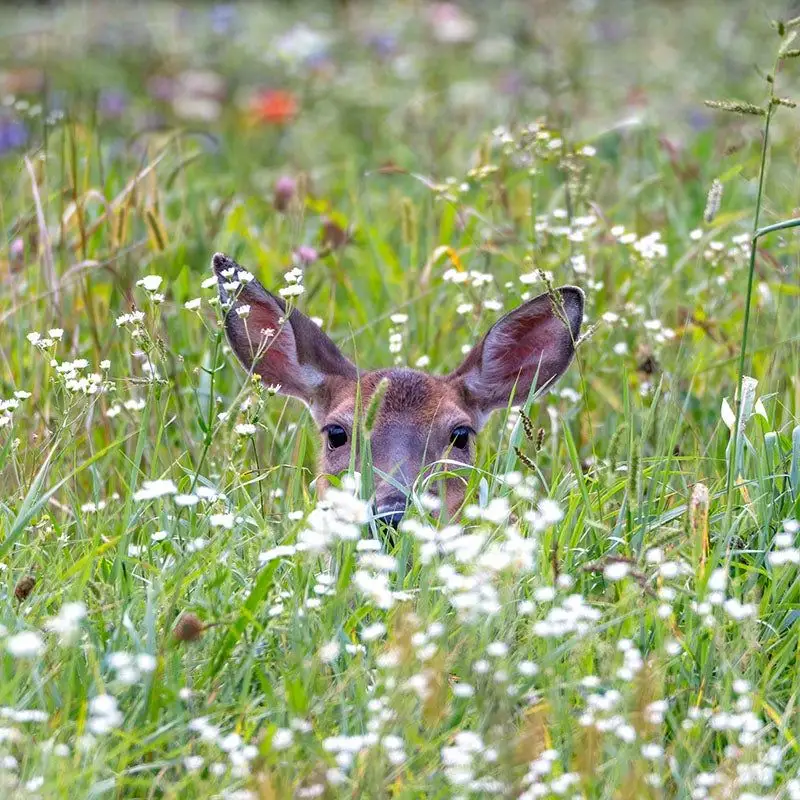
Fields adorned with wildflowers become vital habitats for a range of wildlife, from insects to birds and small mammals. This diversity of life contributes to a balanced ecosystem where different species thrive. Wildflowers offer food sources and shelter, supporting species that might otherwise struggle in intensively farmed landscapes. By promoting wildlife habitats, farmers help maintain ecological balance and encourage biodiversity. These habitats also serve educational purposes, providing opportunities for studying nature in a farm environment. Supporting wildlife through wildflower integration is a crucial step towards creating a harmonious coexistence between agriculture and nature.
Enhanced Soil Microbial Activity
Wildflowers play a key role in enhancing soil microbial activity, a crucial aspect of soil health. Their root systems interact with soil microbes, fostering a vibrant underground ecosystem. These interactions increase nutrient availability and promote plant health. Enhanced microbial activity contributes to improved soil structure and fertility, supporting sustainable crop production. This biological enrichment reduces reliance on chemical fertilizers, aligning with eco-friendly farming practices. Farmers benefit from healthier soils that support robust crop growth. Wildflowers act as catalysts for microbial life, ensuring that the soil remains a dynamic and productive resource for agriculture.
Erosion Control
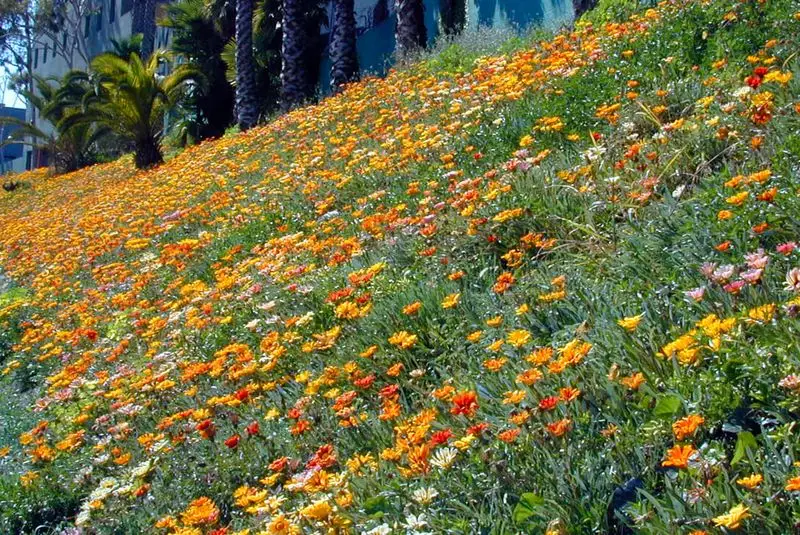
Wildflowers are effective in controlling soil erosion, particularly in areas prone to water runoff. Their extensive root systems anchor the soil, reducing the loss of topsoil during heavy rains. This stabilization is essential for maintaining soil fertility and preventing land degradation. Farmers appreciate wildflowers for their role in preserving valuable topsoil, which is critical for long-term agricultural productivity. By curbing erosion, wildflowers help protect against the negative impacts of extreme weather events. This natural solution not only safeguards the land but also ensures that farms remain productive and resilient. Erosion control through wildflowers is a practical approach to soil conservation.
Educational Opportunities
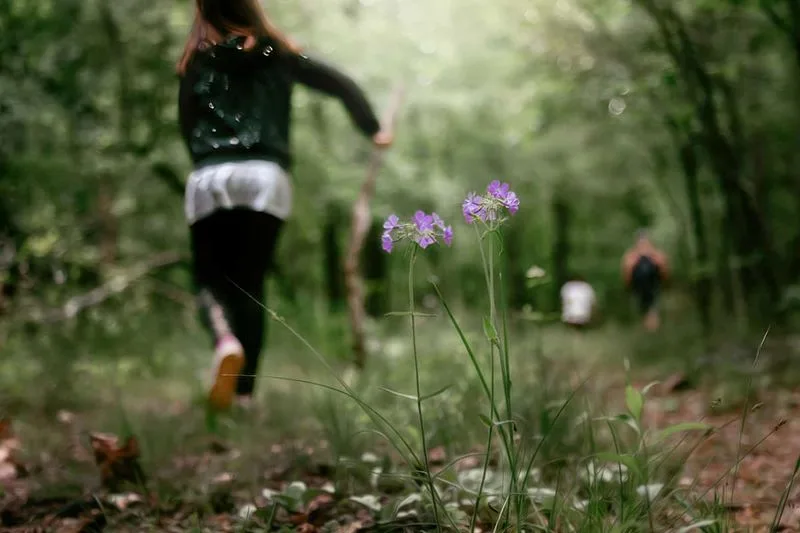
Farms with wildflowers offer unique educational opportunities, providing insights into ecology and sustainable practices. Schools and community groups can visit these farms to learn about biodiversity, ecosystem dynamics, and the role of pollinators. Wildflowers serve as a living classroom, illustrating concepts of environmental stewardship and agricultural sustainability. Farmers can engage with the community by hosting workshops and tours, fostering a deeper understanding of ecological farming. These educational initiatives create a platform for knowledge exchange and inspire future generations to value and protect natural ecosystems. Wildflowers thus become catalysts for awareness and education in agriculture.

